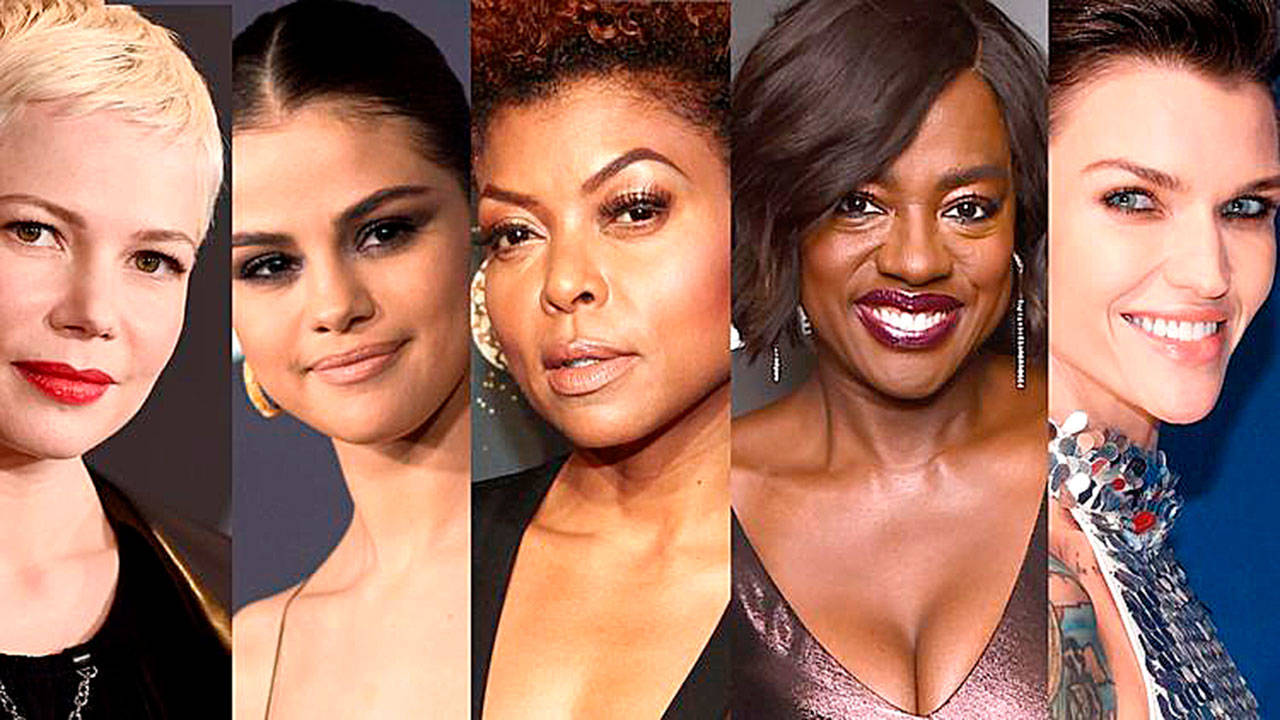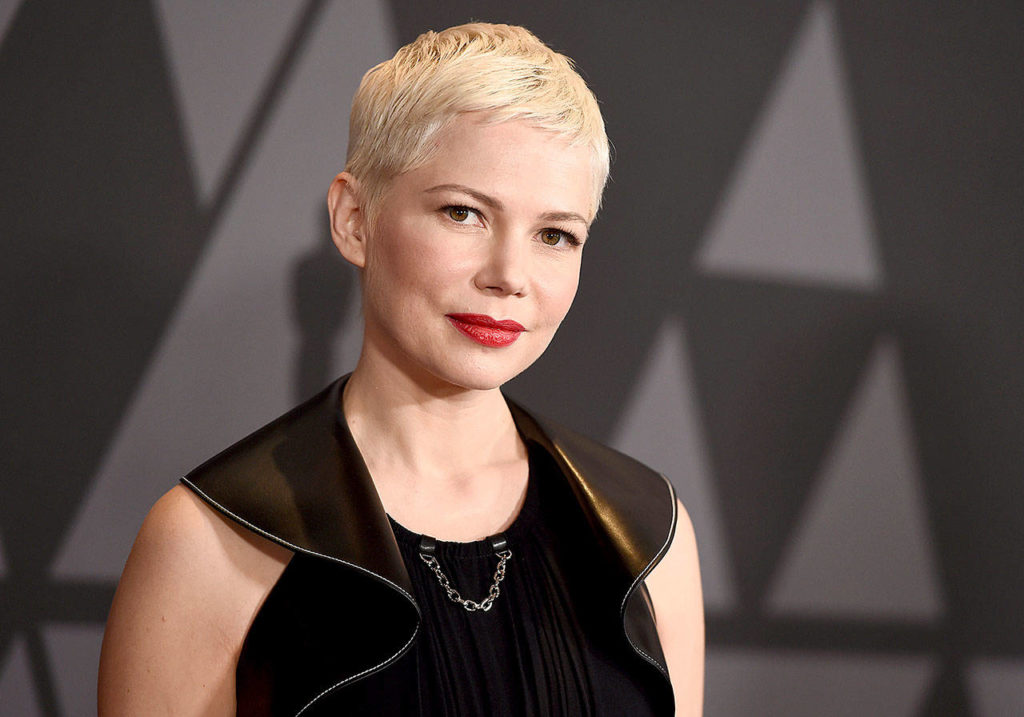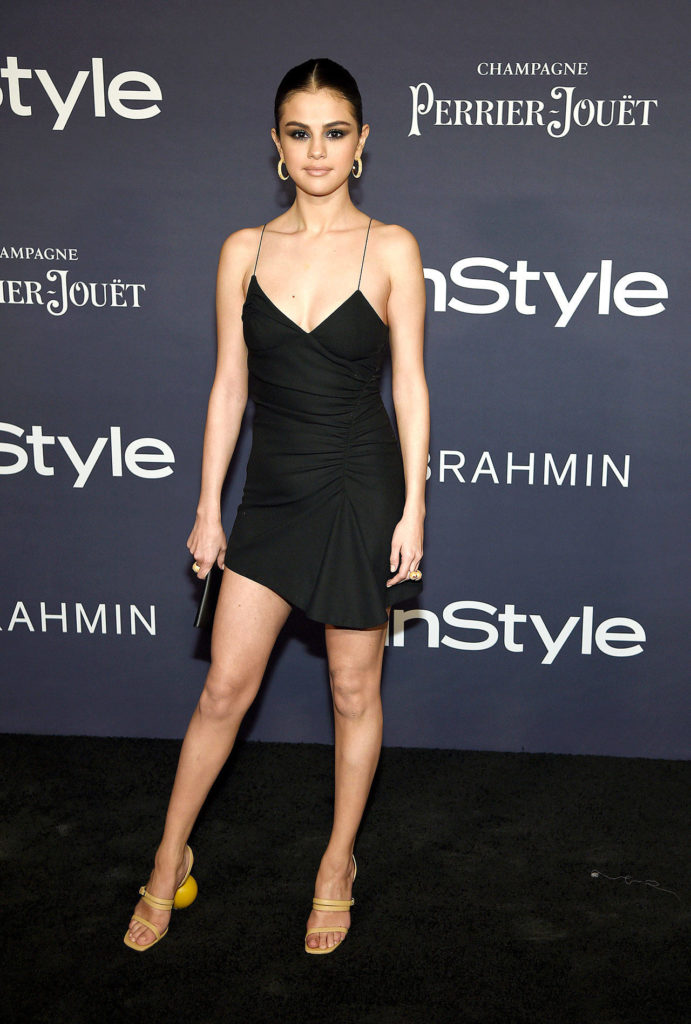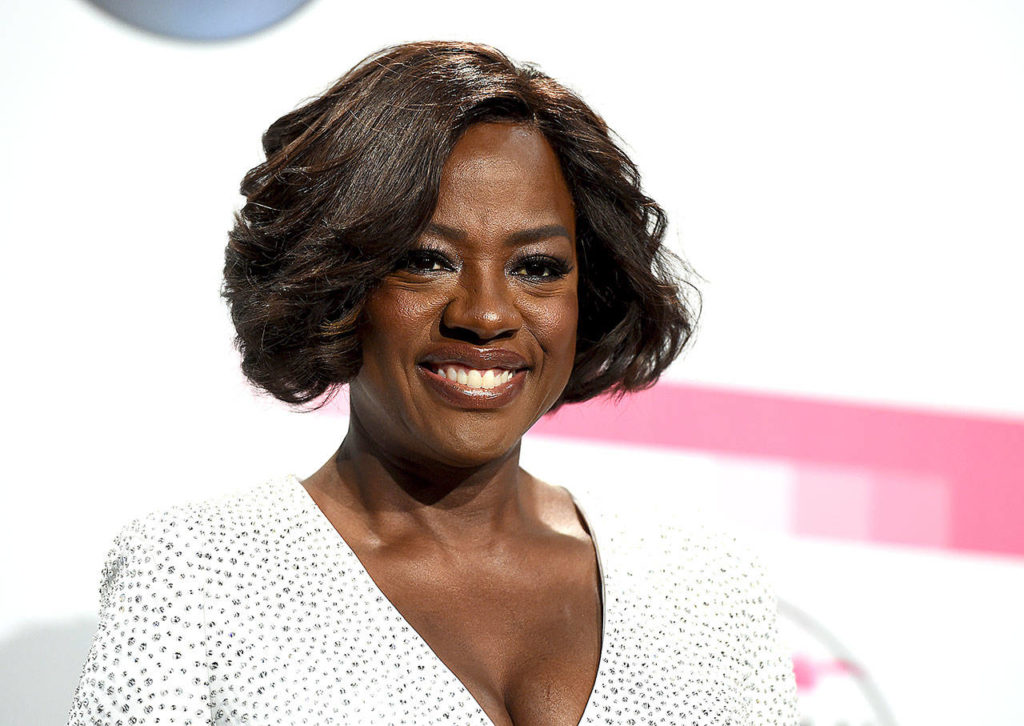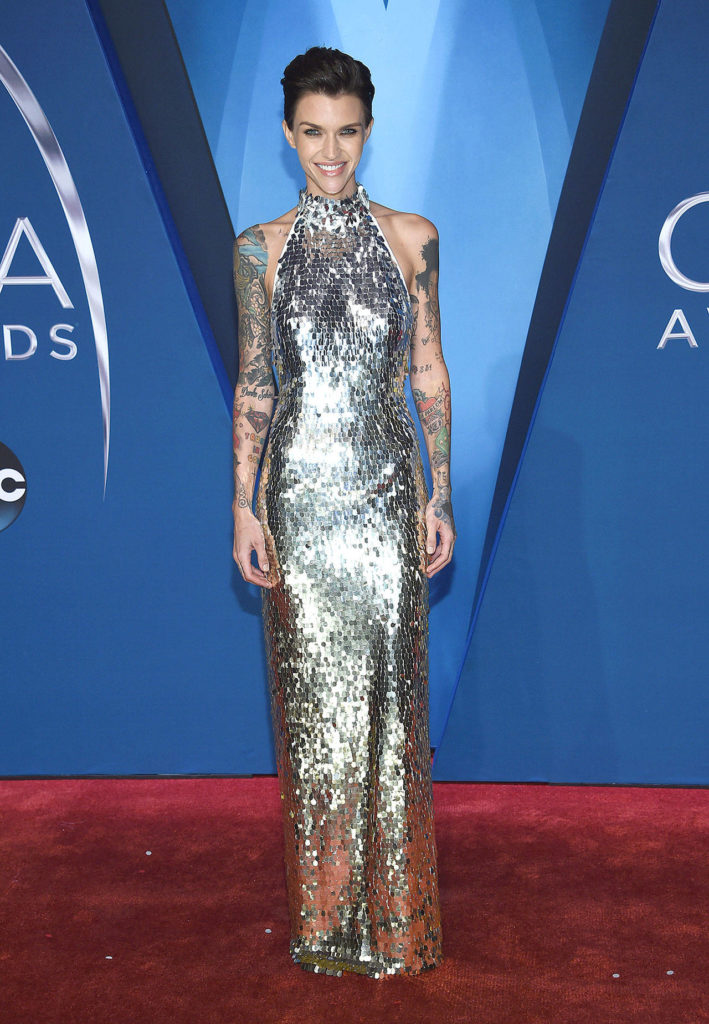By Claire Altschuler / Chicago Tribune
People magazine, which focuses on celebrities and personal interest stories, boasts the largest audience of any American periodical. One of its most popular features is the annual Most Beautiful People list, which recently served as a tool for researchers trying to determine if beauty standards have changed over the last few decades. Comparing the lists published in 1990 and 2017, they discovered significant differences in skin color, age, gender, race, hair color and eye color.
The study’s results, published in the Journal of the American Medical Association Dermatology, came as a surprise to the researchers, who expected to find greater similarity between the two issues.
The 2017 list included more celebrities with darker skin, a jump in the average age from 33 to 39, and a greater number of mixed-race celebrities. The study concluded that, “contrary to our hypothesis … a wider variety of skin colors and inclusion of older age groups are represented among those deemed to be the most beautiful.” The study also found that the gender balance had changed: women accounted for 52 percent of the list in 1990 but increased to 88 percent in 2017.
As a way to analyze society at large, the study has certain limitations, such as the possible biases of the People magazine editors who made the selections, said Gordon Patzer, a professor of business administration at Roosevelt University’s Heller College of Business and author of books on the social and economic effects of physical attractiveness. Nevertheless, he said, it “confirms that society is changing with the times” and that we have become “much more inclusive than ever before.”
Power of beauty
Beauty has been a worldwide obsession since the dawn of human society. Archaeologists have discovered cosmetics, jewelry and other adornments in ancient tombs, while poets, painters, philosophers and even mathematicians have worked to define beauty’s essential nature.
Beauty is “not fully objective, not fully subjective,” said Dr. Neelam Vashi, assistant professor of dermatology at Boston University’s School of Medicine and lead researcher of the study in JAMA Dermatology. “It’s difficult to define, and it changes.” In addition to objective measures of beauty, social norms and current fashions influence what we perceive to be attractive, she said.
In his book “Looks: Why They Matter More Than You Ever Imagined,” Patzer notes, “Almost from the moment of birth, each of us is judged … on the basis of everything that goes into the mix of qualities known as ‘physical attractiveness.’ ” He goes on to say that how you look “shapes your life in dozens of often subtle ways from cradle to grave.”
“People are hard wired (to give) higher value for individuals of higher physical attractiveness and lower value for individuals of lower physical attractiveness,” Patzer said. And this has an influence on almost every aspect of our lives. Indeed, studies show that those who are seen as attractive make more money, are likelier to land a job and even pay less bail if arrested.
Throughout our lives, we recognize that our appearance is important. According to Daniel Hamermesh, a professor of economics at Royal Holloway, University of London, studies show that we strive to look our best no matter how old we are. As reported in his book, “Beauty Pays: Why Attractive People Are More Successful,” single American women, age 70 and older, spend 43 minutes on grooming each day — just one minute less than younger women spend.
Our changing demographics
In explaining the differences between People magazine’s 1990 and 2017 Most Beautiful People lists, the study’s researchers noted that our society has grown older and become more diverse. This trend is expected to continue. The latest U.S. Census report projects that the number of Americans over 65 will almost double between 2012 and 2050.
The country is also becoming more diverse. According to a CBS News report, although minorities represent just 22 percent of baby boomers (born between 1946 and 1964), minorities represent 44 percent of millennials (born between 1982 and 2000). And millennials make up a quarter of the total population.
The role of the media
“In some ways, how we define beauty is determined by ourselves,” said Vashi, the study’s lead researcher. The study, she said, shows that “beauty is dynamic. It’s not a static principle.” She believes what we find attractive can be influenced by society, with mass media having especially powerful effects.
According to AdWeek.com, Americans consumed more than 10.5 hours of media every day during the first quarter of 2016 — up an hour from the previous year. As technologies such as smartphones constantly feed us news, entertainment and advertising, Americans are viewing more and more images of others — and of themselves. This has far-reaching effects on our culture, our social norms and our standards of beauty.
Patricia Wexler, a cosmetic dermatologist in New York City, said she has witnessed significant changes in patients’ perception of beauty during her 30 years of practice. New York’s diversity has always made it receptive to racial and ethnic differences, Wexler notes, but she thinks her patients have become even more open-minded about beauty. “The stereotype of the tall skinny blonde went away with the Kardashians and Beyoncé,” she said. Now “there’s a lot more latitude in what we consider beautiful.”
The same trend can be found in the acceptance of “plus-size” models in advertising and even in Sports Illustrated’s annual bathing suit issue.
What ultimately matters
While looks may still make a difference, the study in JAMA Dermatology suggests that all of us can become more comfortable with aging, embrace racial diversity — and feel greater freedom to be ourselves.
Samantha Conrad, a cosmetic dermatologist at Northwestern Memorial Hospital in Chicago, tells her patients to focus on their health and well-being, not just what they see in the mirror. She recommends using sunscreen daily, eating healthy and staying hydrated. “It’s so boring,” she said, but “those are things that make a huge difference.”
Prioritizing health, quality of life and loving relationships matters most in the end, experts say. Pursuing those goals also makes you more attractive. “I believe in graceful aging; I believe in diversity; I believe in (enhancing) the beauty we were born with,” Vashi said. “And that’s what I tell my patients.”
Talk to us
> Give us your news tips.
> Send us a letter to the editor.
> More Herald contact information.
